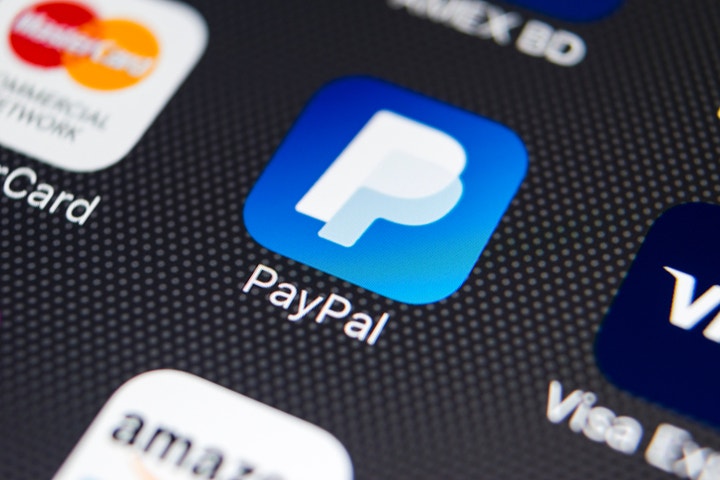Despite exceeding second-quarter 2025 earnings report and revenue expectations, PayPal Holdings (NASDAQ: PYPL) experienced a significant PayPal stock price decline, reflecting deep market skepticism driven by concerns over growth areas and U.S. retail spending. This paradoxical outcome has left investors and financial analysis experts seeking answers to the perplexing market trends that defy conventional logic.
The negative market reaction stemmed primarily from a noticeable slowdown in branded checkout Total Payment Volume (TPV) growth, coupled with management’s cautious remarks about a “slight softening” in U.S. retail spending. These factors ignited investor worries regarding the immediate trajectory of PayPal’s core growth engines and future profitability, overshadowing the otherwise strong headline figures from the latest earnings report.
Following the earnings report release, Wall Street analyst ratings offered diverse assessments. Patrick Moley of Piper Sandler maintained a “Neutral” rating on PayPal stock, setting a price forecast of $74. Moley acknowledged the solid earnings beat, attributing it to stronger-than-expected transaction margins and a favorable tax rate, yet highlighted underlying concerns about the broader economic landscape influencing PYPL’s performance.
PayPal reported an adjusted EPS of $1.40, surpassing both analyst estimates and its own guidance. Total Payment Volume reached $443.5 billion, exceeding projections by approximately 3%, and transaction margin dollars outperformed forecasts. Active accounts remained stable at 438 million, with a slight sequential improvement in monthly active users, showcasing operational stability despite external pressures impacting the stock market.
In response to the strong Q2 performance, management actually raised full-year adjusted EPS guidance to $5.15–$5.30. However, PayPal stock still fell nearly 9% post-earnings. This significant drop was primarily attributed by analyst ratings like Moley’s to the deceleration of branded checkout TPV growth and the CFO’s cautionary comments on U.S. retail spending, profoundly impacting investor confidence despite the positive earnings report data.
Conversely, Andrew Boone of Citizens JMP Securities reiterated a “Market Outperform” rating, though he adjusted his price forecast downward from $110 to $100. Boone characterized PYPL’s second-quarter fiscal 2025 results as mixed, noting that while TPV was ahead of estimates, transaction margin dollars showed a slight deceleration, and promised future growth acceleration appeared more distant based on the company’s guidance, influencing market trends perception.
Despite these concerns, Boone highlighted PayPal’s significant progress in product innovation, including a new checkout experience, Fastlane’s substantial conversion uplift, and growing adoption of PayPal and Venmo debit cards. While pro forma sales and marketing expenses saw a significant jump, this strategic investment is intended to bolster future growth, a key consideration in any comprehensive financial analysis.
The divergent analyst ratings underscore the complex narrative around PayPal. Moley’s cautious optimism centers on the ongoing strategic shift to an omnichannel commerce hub, acknowledging potential margin pressures from continued investment. Boone, meanwhile, sees favorable risk-reward given PYPL’s relatively low multiple, ongoing share buybacks, and increasing product-led growth across key segments like Braintree, BNPL, and Venmo, reflecting the evolving market trends in digital payments.






Leave a Reply